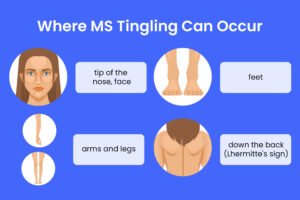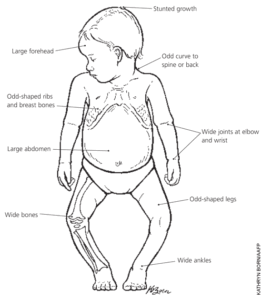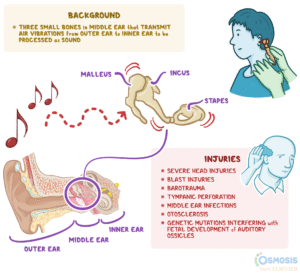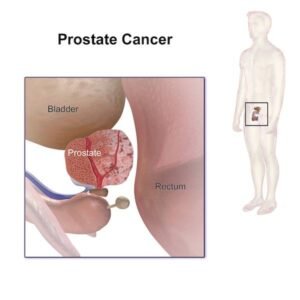Normal Body Temperature_ What Is Considered High or Low_

Understanding Normal Body Temperature
For decades, the standard body temperature has been considered 98.6°F (37°C). However, studies now suggest that normal adult body temperature ranges between 97°F and 99°F. Recent data even shows a potential average closer to 97.9°F. Factors such as age, time of day, and the method used to measure temperature can influence your body’s reading.
What Is a Fever?
A fever is generally defined as a body temperature above 100.4°F. It’s a common response to infections or illnesses. Though 98.6°F is the traditional benchmark, individual readings can vary. Doctors typically consider 100.4°F or higher as indicative of a fever.
Normal Temperature Ranges by Age
Infants and Children
-
Preterm infants: 97.7–98.6°F
-
Full-term newborns: 97.2–99.9°F
-
Infants under 6 months: 97.2–99.4°F
-
6–12 months: 96–99.7°F
-
1–13 years: 95.9–99°F
Adults
For teens and adults, a typical body temperature lies between 97°F and 99°F. Adults over 60 may naturally have slightly lower body temperatures.
Temperature Measurement Methods
Where You Measure Matters
The accuracy of your body temperature reading depends on the location of measurement. Core temperature measurements—like rectal or urinary catheter readings—are more reliable but less convenient. Surface measurements like oral, ear, forehead, and armpit are more accessible but can be affected by external factors.
Oral Thermometers
-
Normal range: 96.3–99.3°F
-
Average: 97.8°F
Note: Oral readings can vary based on recent food or drink intake.
Tympanic (Ear) Thermometers
-
Normal range: 96.4–99.5°F
-
Average: 97.9°F
Readings can differ slightly from one ear to another or compared to rectal temperatures.
Axillary (Underarm) Thermometers
-
Normal range: 95.1–98.4°F
-
Average: 96.7°F
These are the least accurate and are easily influenced by environmental temperature.
Rectal Thermometers
-
Normal range: 97.3–99.9°F
-
Average: 98.6°F
Rectal readings provide the most accurate reflection of core body temperature, especially in infants under 3 months.
Temporal (Forehead) Thermometers
Temporal thermometers use infrared technology to detect temperature from the temporal artery:
-
Typically read 0.5°F to 1°F lower than oral thermometers.
Fever During Pregnancy
Slightly elevated temperatures are common in pregnancy. However, any temperature above 100.4°F should be reported to your healthcare provider, as it could indicate infection such as influenza or COVID-19.
Fever Classification
Fevers are categorized by severity:
-
Elevated temperature: 99.5–100.4°F
-
Low-grade fever: 100.4°F or higher
-
High-grade fever: 103°F or higher
-
Very high or dangerous: 105°F and above
When to Seek Medical Attention for a Fever
Children
-
Under 3 months: Rectal temperature above 100.4°F
-
3–12 months: Temperature of 102.2°F or higher
-
12 months–2 years: Fever of 103°F or higher, or lasting more than 24–48 hours
-
Over 2 years: Fever of 103°F or more, or lasting longer than 48–72 hours
Adults and General Recommendations
Seek medical help if:
-
Fever comes and goes for a week or more
-
Fever occurs with other symptoms
-
You’ve had an organ transplant or serious medical condition
-
You’ve recently traveled internationally
When Is a Fever an Emergency?
For children aged 1 year and older, a temperature rising past 103°F warrants urgent care—especially before it reaches 105°F. Managing a fever early prevents serious complications.
Common Fever Symptoms
-
Feeling overly warm or flushed
-
Hot skin to the touch
-
Chills
-
Fatigue
-
Red or sweaty face
-
Discomfort in eyes
Symptoms Requiring Immediate Medical Attention
-
Overall feeling of sickness with fever
-
Reduced urine output or dark urine
-
Persistent nausea, vomiting, or diarrhea
-
Muscle aches
-
Confusion
-
Stiff neck
Symptoms in Nonverbal Individuals
For babies, toddlers, or nonverbal adults, watch for:
-
Behavioral changes
-
Lack of appetite
-
Pale or blotchy skin
-
Breathing difficulties
-
Seizures
-
Reduced urination
-
Irregular bowel movements
At-Home Fever Management Tips
-
Stay hydrated with water, ice pops, broths, or gelatin
-
Use over-the-counter medications like acetaminophen or ibuprofen (as appropriate)
-
Apply cool compresses to the forehead, underarms, and neck
-
Take lukewarm—not cold or hot—baths
-
Maintain a comfortable room temperature
-
Wear light clothing and avoid overheating
Important Safety Tips for Treating Fever
-
Never give medications to infants under 3 months without consulting a doctor
-
Avoid ibuprofen for babies under 6 months
-
Never give aspirin to children unless instructed—it can cause Reye’s syndrome
-
Don’t overdress or over-bundle someone with a fever
Frequently Asked Questions
When is a fever an emergency?
We’re working on detailed expert advice for this common question—check back soon!
What affects body temperature readings?
Answer coming soon with expert-backed insights into measurement accuracy and influencing factors.
Key Takeaways
-
Normal temperature can vary based on age and measurement method
-
A fever is usually anything above 100.4°F
-
Monitor symptoms closely and treat at home when safe
-
Know when to call a doctor or seek emergency care
-
Always follow age-specific guidelines for medication and care
Stay Informed and Prepared
Subscribe to our newsletter for health updates, tips, and expert guidance delivered weekly!











